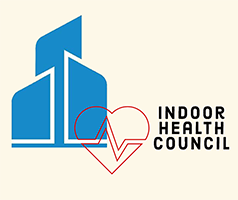ROI of Portable Air Purifiers
Investing in portable air purifiers for improving indoor air quality in classrooms may offer several benefits, both in terms of health and educational outcomes. Let’s explore the potential return on investment (ROI) associated with these devices:
Health and Wellness Impact
Reduced Absenteeism: Cleaner air may lead to healthier students and staff. Improved indoor air quality (IAQ) can help reduce illnesses, allergies, and respiratory issues, resulting in fewer sick days and better attendance.
Enhanced Learning Environment: Better IAQ may positively affect cognitive function, attention span, and overall well-being. Students often perform better academically when they learn in a comfortable and healthy environment.
Cost Savings
Lower Healthcare Costs: Fewer health-related absences related to IAQ may mean reduced healthcare expenses for families and schools.
Energy Efficiency: Portable air purifiers may consume less energy compared to retrofitting entire HVAC systems. They can provide targeted air cleaning without affecting the entire building.
Installation and Maintenance: Portable units are easy to set up, requiring minimal installation costs. Regular filter replacements are often straightforward and cost-effective.
Long-Term Benefits
Improved Productivity: Students and teachers may focus better when the air is clean and free from pollutants. This can lead to more effective teaching and learning.
Positive Reputation: Schools that prioritize health and safety may gain a more positive reputation within the community. Parents often appreciate efforts to create a conducive learning environment.
Federal Funding Opportunities
The American Rescue Plan Act (ARPA) provides funding for K-12 schools to invest in long-term facility improvements, including air quality enhancements. These funds can be used to purchase portable air purifiers.
HEERF funding is also available for higher education institutions.
Comparison to Retrofitting
Portable air purifiers may offer a cost-effective alternative to complete HVAC system retrofits. They can often be deployed quickly without disrupting daily operations.
ASHRAE recommends five to six air exchanges per hour in a classroom, and portable purifiers may help meet this requirement effectively.
In summary, the ROI of portable air purifiers may include improved health, reduced absenteeism, better academic performance, and cost savings. By investing wisely, schools can often create a healthier and more conducive learning environment.
For information about a company that offers related solutions, visit ThinkLite.
Source: Conversation with Bing, 4/10/2024




